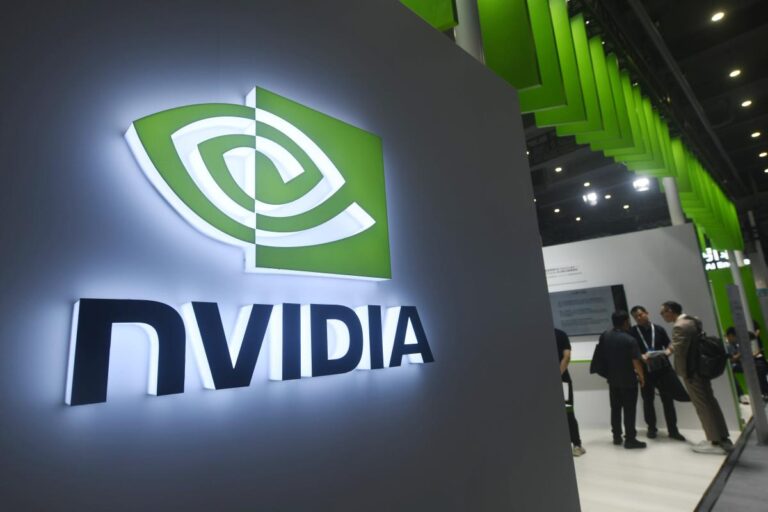NVIDIA (NVDA) is best known for its highly coveted artificial intelligence chips. But at the Nvidia AI Summit in Washington, D.C., on Tuesday, Nvidia’s vice president of enterprise platforms, Bob Pette, gave a keynote offering a better overview of the company’s various software platforms.
Nvidia says companies ranging from AT&T (T), Deloitte and Quantiphi as well as research centers like the National Cancer Institute and the SETI Institute use their software technologies to do everything from helping employees with software development and network engineering tasks to searching for signs of extraterrestrial life.
Nvidia has a number of AI software platforms, including Nvidia NIM Agent Blueprints, Nvidia NIM, and Nvidia NeMo. NIM Agent Blueprints is designed to help businesses develop generative AI applications, while NIM provides the ability to quickly create AI chatbots and assistants. Nvidia NeMo empowers businesses to create their own custom generative AI models.
Nvidia shares rose 3.7% following the announcement.
These offerings are part of Nvidia’s strategy to ensure that businesses not only look to the company for its AI processors, but also for its software, generating additional revenue streams outside of hardware sales .
According to Nvidia, AT&T is partnering with Quantiphi to create a conversational AI platform to help employees with software development and financial services tasks. The University of Florida uses Nvidia’s NIM and MeMo to enhance its learning management system for teaching assistants, and Deloitte uses Nvidia’s NIM Agent Blueprint alongside its own cybersecurity products.
Nvidia says the National Cancer Institute uses NIM Agent Blueprint to reduce the time and cost of developing new drug molecules, while the SETI Institute used the company’s Holoscan SDK to create software to receive and analyze radio waves from space.
Nvidia is also partnering with Carnegie Mellon University and the University of Pittsburgh on its new AI Tech Community initiative, creating two new AI centers in schools. The company says its joint Nvidia Center with Carnegie Mellon University for Robotics, Autonomy and AI will provide students, faculty and researchers with technologies related to robotics and autonomy, while the center Nvidia joint with the University of Pittsburgh for AI and Intelligent Systems will provide students, faculty and researchers with technologies related to robotics and autonomy. revolve around AI focused on health sciences.
Nvidia has developed the world’s most sought-after AI chips, driving its stock price up 934% over the past two years. To put this into perspective, and perhaps spark some envy, if you invested $10,000 in Nvidia in 2022, your stake would now be worth $103,400.
But the company faces growing competition in hardware from longtime rival AMD (AMD) and Intel (INTC). Nvidia’s customers are also developing their own chips to power their AI software, which could hurt the company’s bottom line in the future.
Nvidia’s end goal is to use software to retain customers into the future while providing recurring revenue streams.
Highlighting its software also attracts developers to Nvidia’s offerings, and the more developers rely on Nvidia’s services, the more companies will seek out these platforms.
Nvidia’s hardware lead won’t disappear anytime soon, however. The company has been investing in AI technology for years and is expected to continue to maintain its competitive advantage for some time. But by showcasing its software, Nvidia is seeking to prove that it is much more than just a chip company.
Email Daniel Howley at dhowley@yahoofinance.com. Follow him on Twitter at @DanielHowley.
Read the latest financial and business news from Yahoo Finance.

